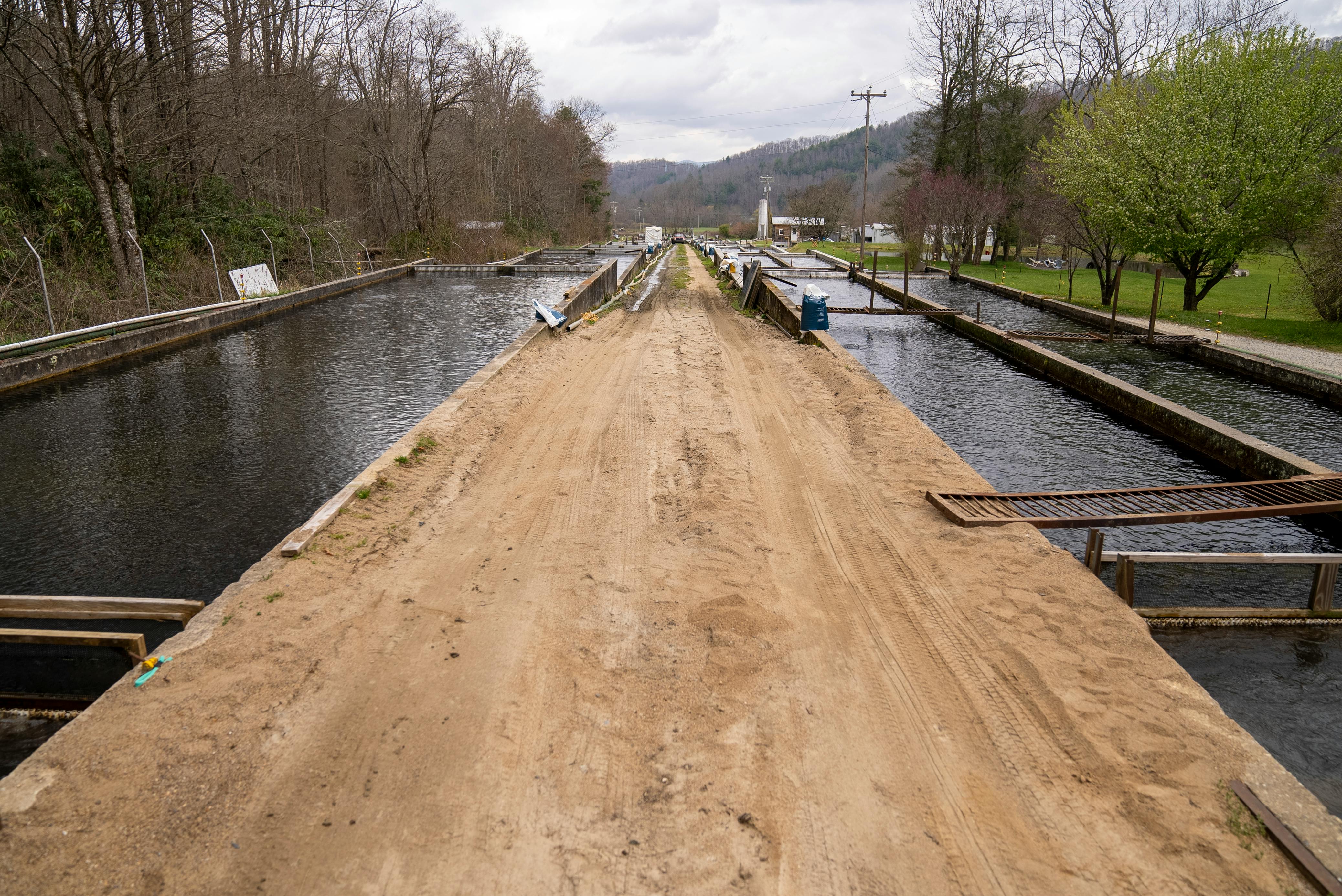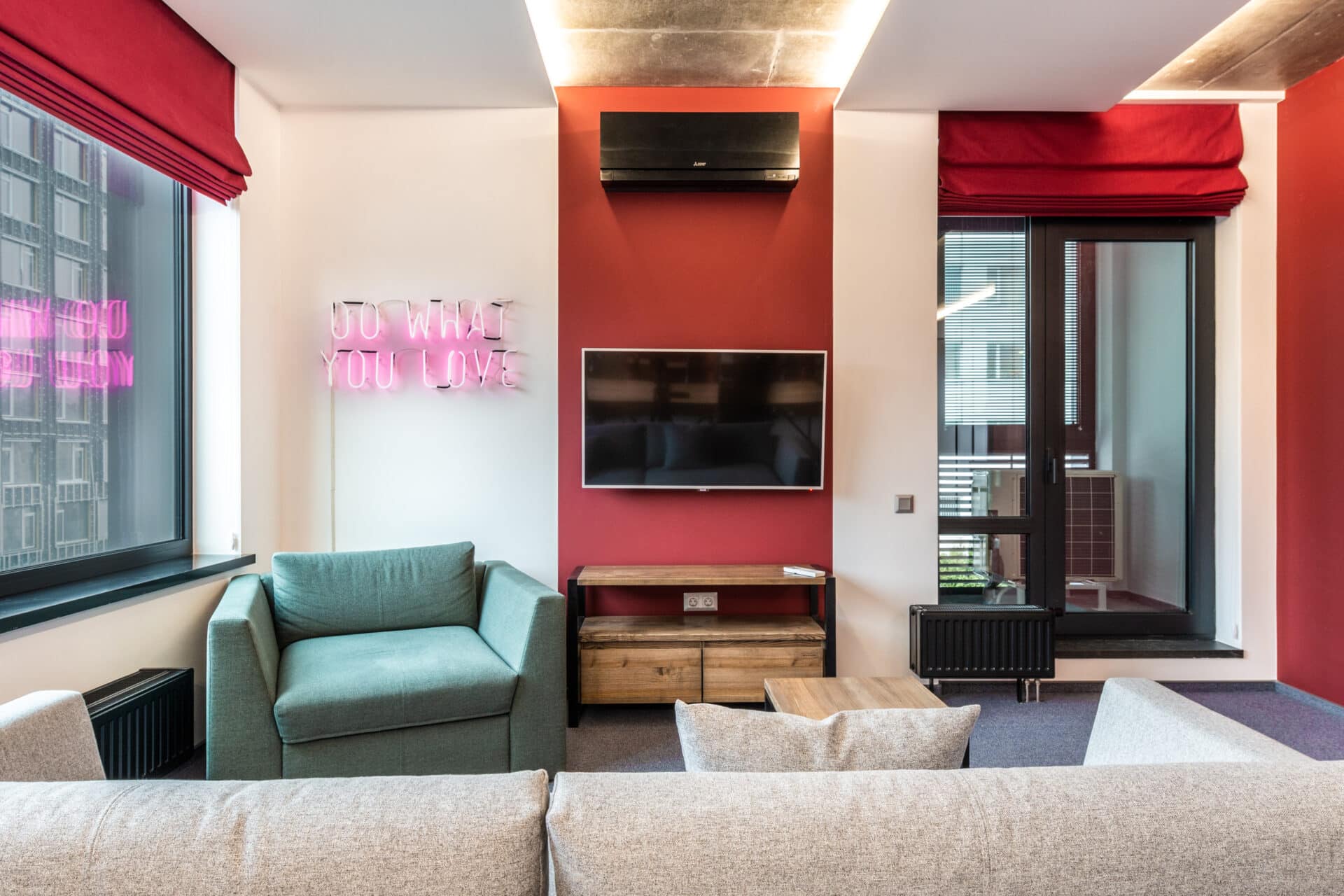What Is Deionized Water?
Deionized water, also known as demineralized water, is water that has had its mineral ions removed, such as calcium, sodium, iron, copper and chloride. This process is achieved through ion exchange, a process that replaces the mineral ions in the water with inert ions such as hydrogen and hydroxide. The result is a highly purified form of water that is free of charge and can be used in a variety of applications where regular tap or distilled water may not suffice.The primary purpose of deionizing water is to remove minerals and other impurities from the liquid. Since these impurities can cause problems for industrial processes or medical treatments, it’s important to make sure they are removed before using them. In addition to removing minerals, deionization can also remove bacteria and organic compounds from the water. The degree of purification depends on the type of resin used in the ion-exchange process.
Deionized water is widely used in laboratory settings due to its ability to dissolve substances quickly and evenly. It also eliminates contamination risks associated with regular tap or distilled
How Do You Produce Distilled Water?
Distilled water is produced by a process known as distillation. This involves boiling the water and then collecting the vapour that is produced. The vapour is condensed into a separate container, where it becomes liquid again. The resulting liquid is now free from minerals and other impurities, and is referred to as distilled water. In order to produce distilled water, you will need to use a distiller.A distiller consists of two basic parts: a boiling chamber and a condensing chamber. Water is placed in the boiling chamber, which is heated until it boils. As the water boils, the steam rises up into the condensing chamber. Here, it cools and condenses back into liquid form, leaving behind any minerals or other impurities that may have been present in the original water. The resulting liquid is then collected as distilled water.
While this process can be done at home using basic equipment such as pots and pans, it can also be done with more sophisticated distillation units that are available for purchase in stores or online. These units typically have both a
Producing Deionized Water
Deionized water, also known as demineralized water, is water that has had its mineral ions removed, such as cations from sodium, calcium, iron and copper, and anions such as chloride and sulfate. These ions are typically removed using a process of ion exchange. This process can be used to produce high-purity water that is suitable for many industrial and commercial applications. To produce deionized water, a reverse osmosis (RO) system is generally used to remove dissolved solids from the feed water. The RO system consists of multiple stages of filtration and membrane separation processes that can remove contaminants down to the molecular level. The filtered water is then passed through an ion exchange resin bed which consists of two tanks containing two different types of resins; one that removes positively charged ions (cations) and another that removes negatively charged ions (anions). The cation resin tank removes positively charged ions such as calcium, magnesium and iron while the anion resin tank removes negatively charged ions such as chloride, sulfate and carbonates. After passing through these resins, the deionized water is ready for useDifferences In Makeup Between Distilled and Deionized Water
The main difference between distilled and deionized water is in their makeup. Distilled water is made by boiling water to remove any impurities, while deionized water is made by passing it through a series of filters or ion-exchange resins to remove any ions or impurities. While both are considered pure forms of water, they have different uses and applications.Distilled water is often used in medical settings, such as for cleaning wounds or preparing medications. It can also be used for drinking and cooking, but it lacks the essential minerals found in regular tap water. On the other hand, deionized water does not contain any minerals but has been filtered to remove any ions or impurities, making it ideal for lab experiments or industrial applications where purity is essential.
In terms of cost, distilled water tends to be more expensive than deionized water due to the extra steps involved in the production process. However, both types of water are readily available in most grocery stores and online retailers. Ultimately, the choice between distilled and deion

Distilled and Deionized Water for Different Purposes
Distilled and deionized water are two types of water used for various purposes. Distilled water is created through a process of heating and cooling that removes impurities, such as bacteria, minerals, and other dissolved solids. On the other hand, deionized water is created through a process known as ion exchange, which removes ions such as calcium, magnesium, and iron from the water. Both types of water have distinct properties that make them useful in different applications.One common use for distilled water is in car batteries. The electrolytes in car batteries need to be kept at a consistent level of purity in order to function properly. Distilled water helps to maintain this level because it is free of contaminants that can build up over time. Additionally, distilled water can be used to top off levels in aquariums if the levels become too low due to evaporation or other factors.
Deionized water has many uses as well. It is often used in industrial processes such as cooling systems or steam generation because it does not contain any ions that
Cost Difference Between Distilled and Deionized Water
Distilled water and deionized water are two types of purified water that have different costs associated with them. Both types of water are great for use in a variety of applications, from drinking to cleaning. But what is the difference between distilled water and deionized water, and how does this effect the cost?Distilled water is created through a process called distillation, which involves the boiling of regular tap water and then condensing it back to liquid form. During this process, many minerals and contaminants are left behind, leaving highly purified liquid. Since this process requires energy, distilled water tends to be more expensive than other types of purified water.
Deionized water is created through a process called ion exchange. This process involves passing regular tap water through a series of resin beads that attract positive and negative ions. The ions are then removed from the solution, leaving highly purified liquid. Since ion exchange requires less energy than distillation, deionized water tends to be less expensive than distilled.
In terms of cost, distilled water is typically
Is Dehumidifier Water Similar to Distilled Water or Deionized Water?
Is dehumidifier water safe to drink? While dehumidifier water is collected from the air, it is not treated or purified, making it unsuitable for consumption. Contaminants from the air and the collection tank can lead to potential health risks, so it’s best to avoid drinking this water.
Safety Considerations for Using Distilled and Deionized Water
Using distilled and deionized water is a safe way to ensure that your drinking water is free of contaminants. However, there are some safety considerations that should be taken into account when using these types of water. The most important safety consideration is to make sure to follow the manufacturer’s instructions for use and disposal. This includes not drinking the water directly from the container as this can lead to contamination. It is also important to use only distilled and deionized water in any equipment that requires it, such as steam irons or coffee makers. Failure to do so can result in damage or malfunction of the equipment. Additionally, you should always store these types of water in sealed containers and keep them away from direct sunlight or extreme temperatures to prevent bacterial growth or other contamination.In addition, it is important to take precautions when handling distilled and deionized water. These types of water are very corrosive, so you should wear gloves when handling them or disposing of them. You should also take care not to get any on your skin as it can cause irritation. Finally, if you are using these

Conclusion
Distilled water and deionized water are both treated forms of water used for various applications. Distilled water is boiled and evaporated, while deionized water is passed through a resin bed to remove impurities. Distilled water is safe for drinking, while deionized water has had its mineral content removed and should not be drunk. Distilled water is often used for laboratory testing, while deionized water is used for rinsing medical instruments, filling car batteries, and other industrial tasks. Both types of purified water have their own unique benefits and should be used in the appropriate context.In conclusion, distilled and deionized waters have distinct differences that make them suitable for different situations. It’s important to understand these differences so that you can make an informed decision about which type of treated water will best meet your needs.

